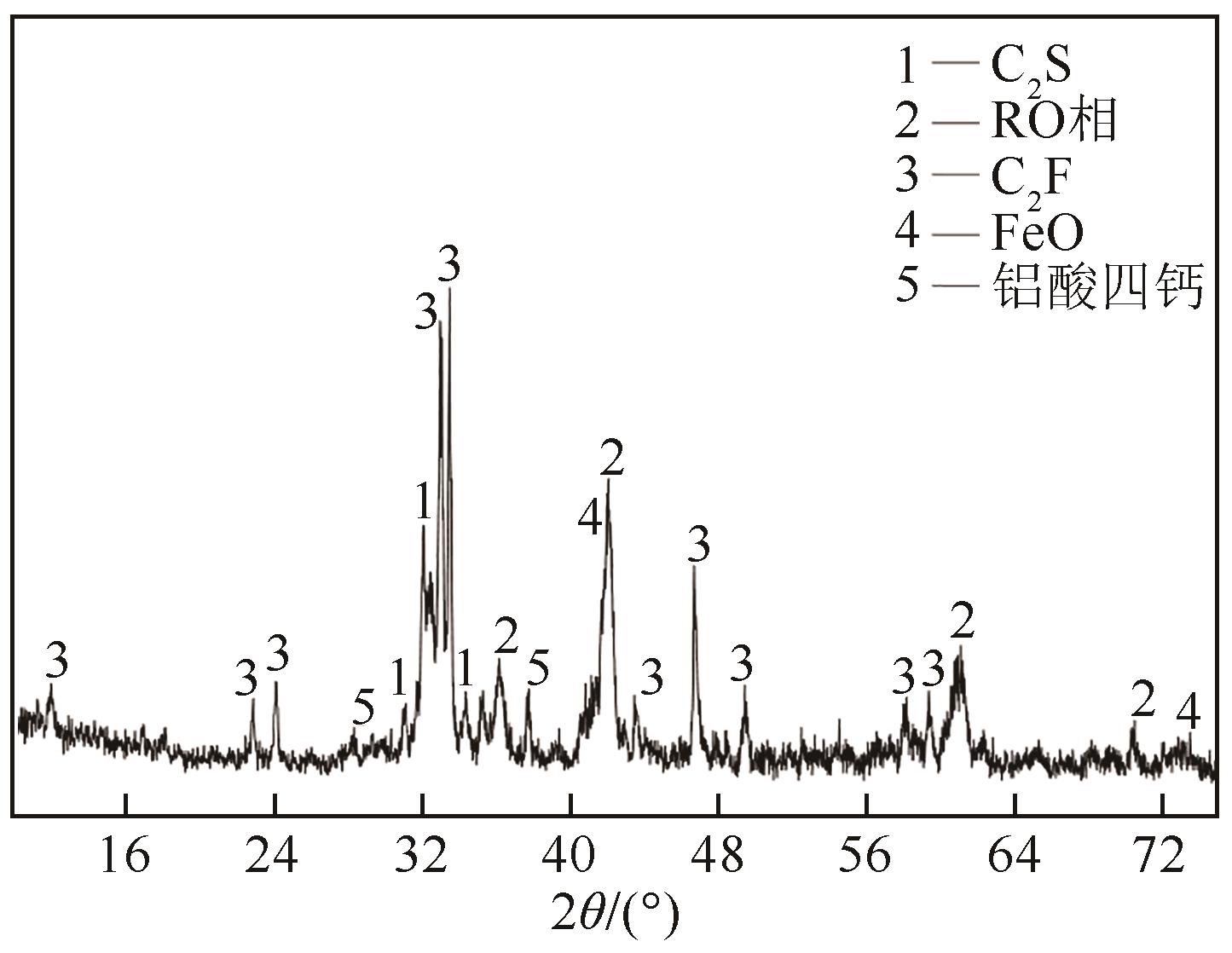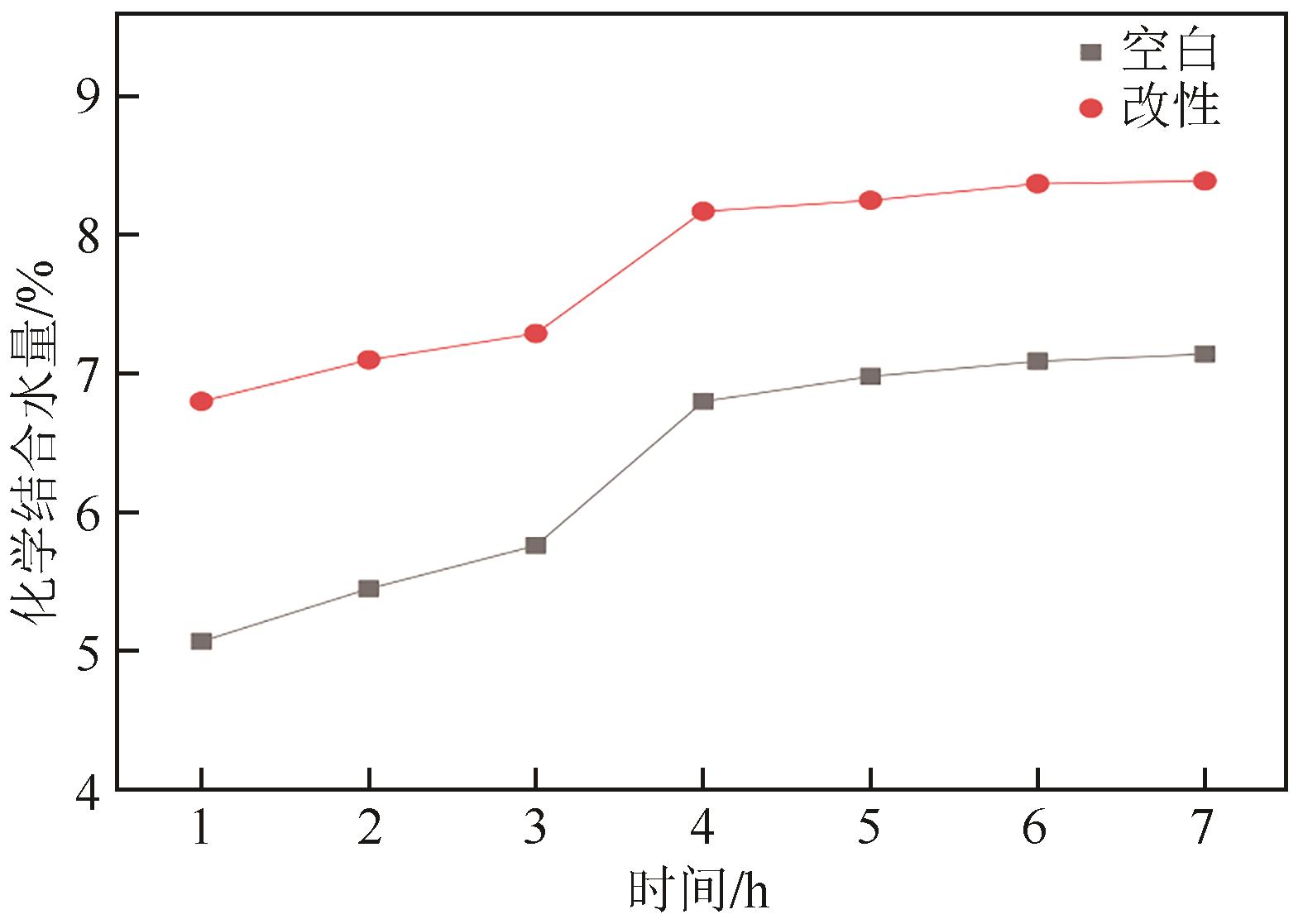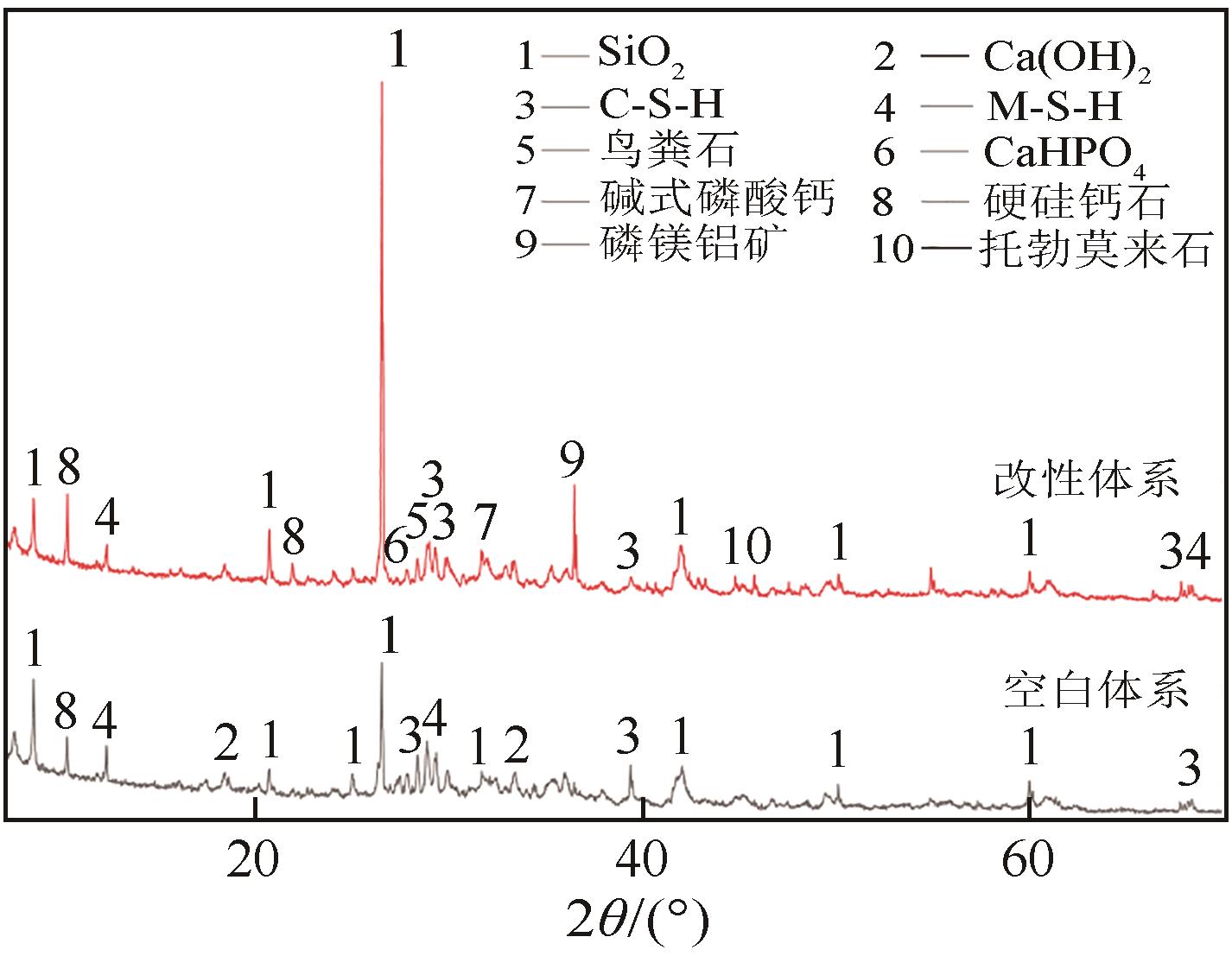| 1 |
ZHANG Baoxu, CHEN Yumin, KANG Bokai, et al. Hydrogen production via steam reforming of coke oven gas enhanced by steel slag-derived CaO[J]. International Journal of Hydrogen Energy, 2020, 45(24): 13231-13244.
|
| 2 |
庞才良, 杨雪晴, 宋杰光, 等. 钢渣综合利用的研究现状及发展趋势[J]. 砖瓦, 2020(3): 77-80.
|
|
PANG Cailiang, YANG Xueqing, SONG Jieguang, et al. Research status and development trend of comprehensive utilization of steel slag[J]. Brick-Tile, 2020(3): 77-80.
|
| 3 |
段思宇, 李溪, 马卓慧, 等. 粉磨方式对钢渣微粉特性的影响[J]. 粉末冶金材料科学与工程, 2020, 25(1): 51-57.
|
|
DUAN Siyu, LI Xi, MA Zhuohui, et al. Effect of grinding method on properties of steel slag powder[J]. Materials Science and Engineering of Powder Metallurgy, 2020, 25(1): 51-57.
|
| 4 |
何智海, 张晓翔, 詹培敏, 等. 钢渣粉及其对水泥基材料性能的影响研究进展[J]. 混凝土, 2020(2): 83-89, 93.
|
|
HE Zhihai, ZHANG Xiaoxiang, ZHAN Peimin, et al. Research progress of steel slag powder and its effect on the properties of cement-based materials[J]. Concrete, 2020(2): 83-89, 93.
|
| 5 |
王博. 钢渣中游离氧化钙、游离氧化镁的测定及其安定性研究[D]. 北京: 北京化工大学, 2010.
|
|
WANG Bo. The determination of f-CaO, f-MgO and research of invariability of steel slag[D]. Beijing: Beijing University of Chemical Technology, 2010.
|
| 6 |
ZHAO Jihui, YAN Peiyu. Volume stability and stabilization treatment of steel slag in China[J]. Bulletin of the Chinese Ceramic Society, 2017, 36(2): 477-484.
|
| 7 |
吴跃东, 彭犇, 吴龙, 等. 国内外钢渣处理与资源化利用技术发展现状综述[J]. 环境工程, 2021, 39(1): 161-165.
|
|
WU Yuedong, PENG Ben, WU Long, et al. Review on global development of treatment and utilization of steel slag[J]. Environmental Engineering, 2021, 39(1): 161-165.
|
| 8 |
伦云霞, 刘绍舜, 周明凯. 处理方式对水泥混凝土用钢渣砂体积安定性的影响[J]. 混凝土, 2011(11): 21-23, 26.
|
|
Yunxia LUN, LIU Shaoshun, ZHOU Mingkai. Effect of treatment methods on volume stability of steel slag sand for cement and concrete[J]. Concrete, 2011(11): 21-23, 26.
|
| 9 |
Halit YAZıCı, DENIZ Engin, Bülent BARADAN. The effect of autoclave pressure, temperature and duration time on mechanical properties of reactive powder concrete[J]. Construction and Building Materials, 2013, 42: 53-63.
|
| 10 |
赵海晋, 余其俊, 韦江雄, 等. 利用粉煤灰高温重构及稳定钢渣品质的研究[J]. 硅酸盐通报, 2010, 29(3): 572-576.
|
|
ZHAO Haijin, YU Qijun, WEI Jiangxiong, et al. Study on improvement of steel slag property with fly ash added at high temperature[J]. Bulletin of the Chinese Ceramic Society, 2010, 29(3): 572-576.
|
| 11 |
张丰, 莫立武, 邓敏. 碳化养护对钢渣混凝土强度和体积稳定性的影响[J]. 硅酸盐学报, 2016,44(5): 640-646.
|
|
ZHANG Feng, MO Liwu, DENG Min. Effect of carbonation curing on mechanical strength and volume stability of steel slag concrete[J]. Journal of the Chinese Ceramic Society, 2016, 44(5): 640-646.
|
| 12 |
李鹏冠, 赵风清. 保持高胶凝活性的钢渣安定性处理工艺[J]. 钢铁研究学报, 2016, 28(7): 26-31.
|
|
LI Pengguan, ZHAO Fengqing. Process of improving volume stability of steel slag while keeping high cementing activity[J]. Journal of Iron and Steel Research, 2016, 28(7): 26-31.
|
| 13 |
LI Pengguan, ZHAO Fengqing. Autoclaved brick from steel slag and silicon tailings[J]. Advanced Materials Research, 2014, 878: 194-198.
|
| 14 |
MOMBELLI D, MAPELLI C, BARELLA S, et al. The efficiency of quartz addition on electric arc furnace (EAF) carbon steel slag stability[J]. Journal of Hazardous Materials, 2014, 279: 586-596.
|
| 15 |
ADEGOLOYE. G, BEAUCOUR A L, ORTOLA S,et al. Mineralogical composition of EAF slag and stabilised AOD slag aggregates and dimensional stability of slag aggregate concretes[J]. Construction and Building Materials, 2016, 115: 171-178.
|
| 16 |
张蕊, 田鑫, 陈梦真, 等. 钢渣改性实验研究[J]. 节能, 2020, 39(3): 83-84.
|
|
ZHANG Rui, TIAN Xin, CHEN Mengzhen,et al. Xperimental research on steel slag modification[J]. Energy Conservation, 2020, 39(3): 83-84.
|
| 17 |
李鹏冠, 赵风清. 钢渣-尾矿蒸压砖的生产工艺参数研究[J]. 环境科学与技术, 2016, 39(4): 102-106.
|
|
LI Pengguan, ZHAO Fengqing. Factors on autoclaved brick from polyphosphate modified steel slag and tailings[J]. Environmental Science & Technology, 2016, 39(4): 102-106.
|
| 18 |
孙建伟. 碱激发钢渣胶凝材料与混凝土的性能[D]. 北京: 中国矿业大学(北京), 2019.
|
|
SUN Jianwei. Properties of alkali-activated sreel slag cementitious material and concrete[D]. Beijing: China University of Mining&Technology,Beijing, 2019.
|
| 19 |
吴旻, 谢胜华, 葛根旺. 碱激发钢渣矿渣复合基层材料的强度特性及微观机制[J]. 硅酸盐通报, 2021, 40(8): 2640-2646.
|
|
WU Min, XIE Shenghua, GE Genwang. Strength characteristics and micro-mechanism of alkali-activated steel slag-blast furnace slag road base composite material[J]. Bulletin of the Chinese Ceramic Society, 2021, 40(8): 2640-2646.
|
 ), ZHANG Yuting1, ZHAO Fengqing1,2(
), ZHANG Yuting1, ZHAO Fengqing1,2( )
)




